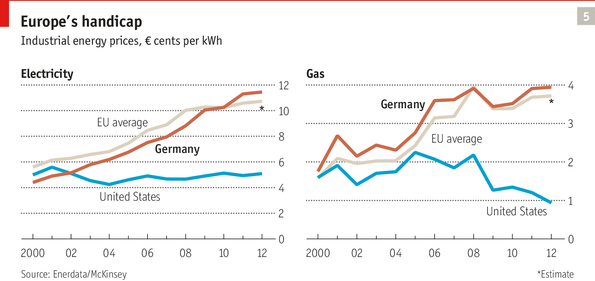Weekly John Locke Foundation research division newsletter focusing on environmental issues.
This newsletter highlights relevant analysis done by the JLF and other think tanks as well as items in the news.
1. Tax reform kills (some) crony subsidies to "renewable" energy
It is no secret that, in North Carolina, the corporate income tax has become little more than a negative slush fund used by politicians to reward special interests by exempting them from paying it or offering special tax credits against it. Well, at least some of that seems to be going away with the tax reform proposal that is in the process of being passed by North Carolina’s General Assembly. Along with lowering the corporate tax rate from its current 6.9% to 5% and possibly 3% if certain revenue targets are met, the reform plan will allow to sunset certain legislative goodies currently being doled out to inefficient and uncompetitive forms of renewable energy. These include tax credits (which are dollar for dollar offsets of a company’s corporate tax obligations) for constructing renewable fuel facilities and bio-fuel production, which will sunset next year. In 2016, tax credits for investing in renewable energy and donating money to non-profits and government entities for renewable energy investments will also sunset.
This is a good beginning, but as has been discussed here many times, the centerpiece of green energy cronyism in North Carolina is the state’s renewable energy portfolio standard, aka SB3. Until that is repealed North Carolina will be unable to take any significant steps away from having a centrally planned energy sector.
2. Electricity costs in Germany and the EU vs the US
The graphs below, from this article in The Economist, tell the story of energy costs in the US, Germany, and the European Union. The reason for the differences is clear — it is because of the extreme renewable portfolio standards that are being imposed on electricity generation in that part of the world. According to The Economist, here’s the story in Germany:
By 2022 all nuclear power plants, which now produce 16% of the country’s electricity, are to be switched off. And by 2050 about 80% of electricity is to come from renewable sources, compared with 22% now.
Is Germany the future for electricity prices in the US?

3. 2013 Ozone Report
The 2013 ozone season began on April 1 and, as in the past, each week during the ozone — often called smog — season this newsletter will report how many, if any, high ozone days have been experienced throughout the state during the previous week, where they were experienced, and how many have been recorded during the entire season to date. According to current EPA standards a region or county experiences a high ozone day if a monitor in that area registers the amount of ozone in the air as 76 parts per billion (ppb) or greater. The official ozone season will end on October 31. All reported data is preliminary and issued by the North Carolina Division of Air Quality, which is part of the state’s Department of Environment and Natural Resources. During the period from July 8-14 there were no high-ozone days recorded. For the state as a whole there has been only 1 high ozone day recorded in 2013.
The table below shows all of North Carolina’s ozone monitors and the number of high ozone days for the week and the year to date for one.



